

C3 342: Podia, Plinths and Flying House.
C3 342: Podia, Plinths and Flying House.
$32.50
Out Of Stock!
We will notify you when this product becomes available.
C3. C3 342: Podia, Plinths and Flying House. C3. 2013 94780 One of the main compositional principles since the time of Classical architecture, and even before, has been the tripartition of every building into plinth, body and roof. Each part, throughout history, has had a specific relationship with the city and its inhabitants: The plinth fosters direct connections with the streets and passersby, while the body constructs the urban tissue of the city in its tridimensional extent, and the roof determines its end in height, concluding the building. The overall combination plays various roles as the scale changes, turning a single object (the building) into a complex element. But what happens if one of these crucial compositional elements goes missing? Can the building still embody complexity and perform its various activities? Moreover, is it still a complex unitŽ or is it now incomplete? What happens to its internal organization? In other words, what if a building is not solidly rooted in its terrain but is conceived as being perched? What if the building takes flight over uneven terrain? 208 pp., color & bw illustration and photography. English/ Korean. Pap.
Related Products

Out
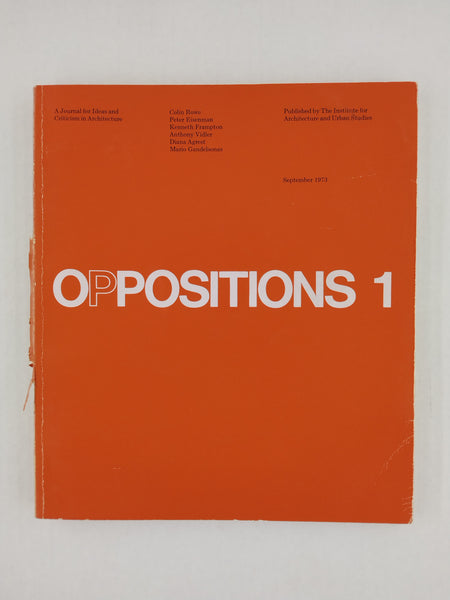
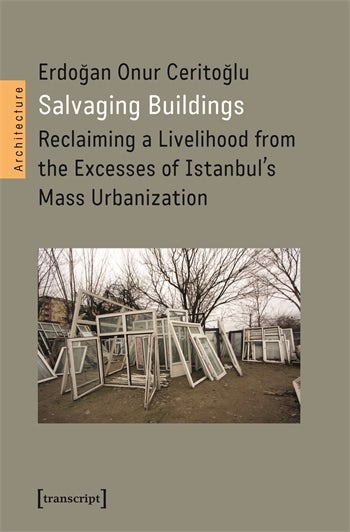



Out
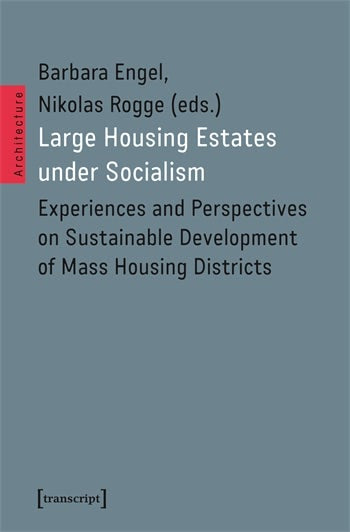
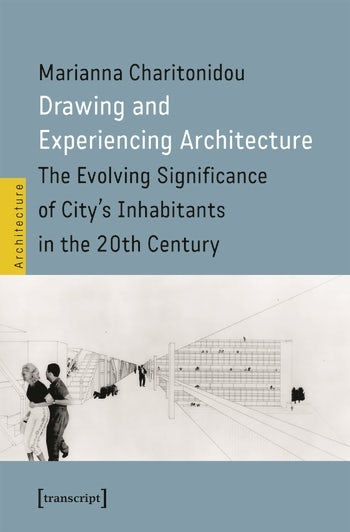
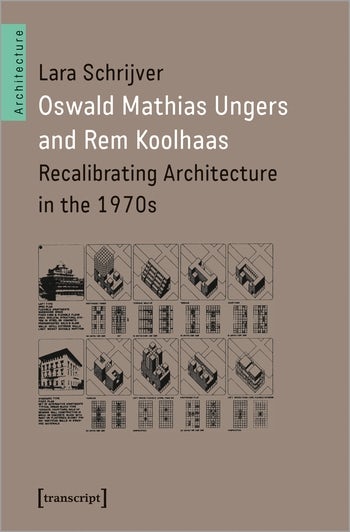
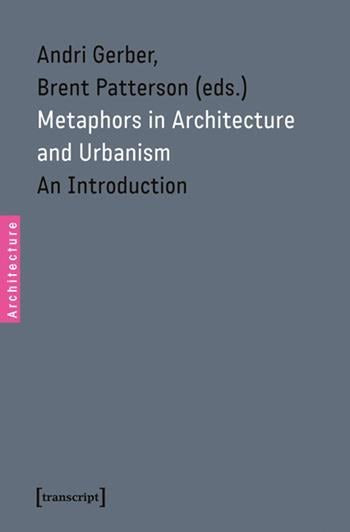
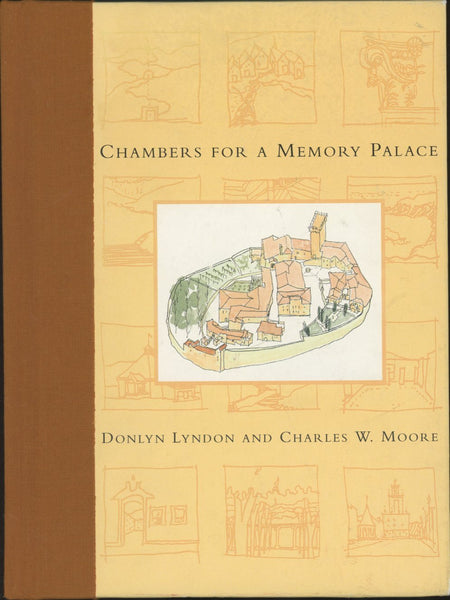
Out
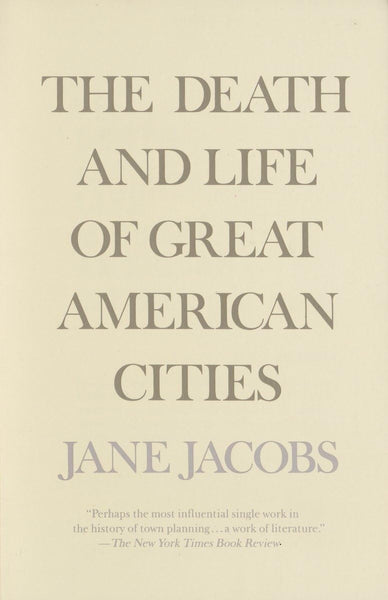
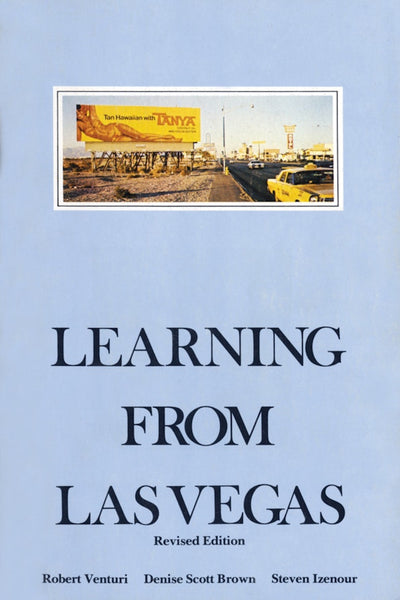
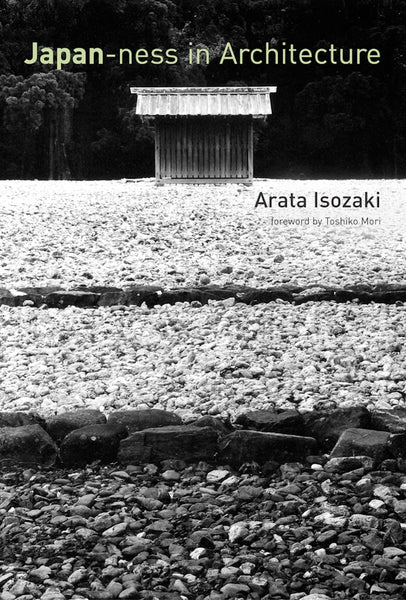
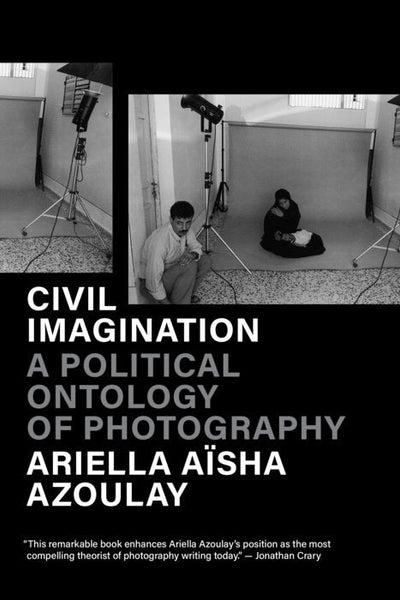
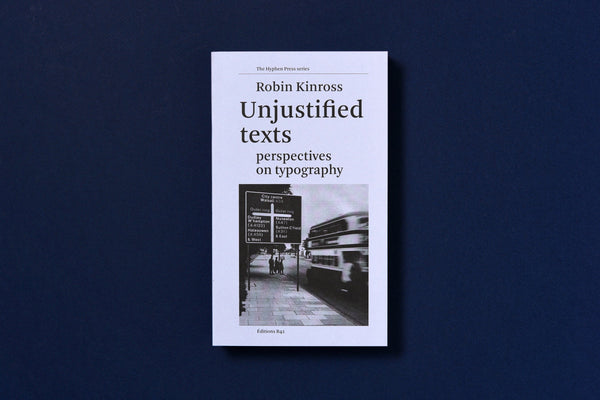
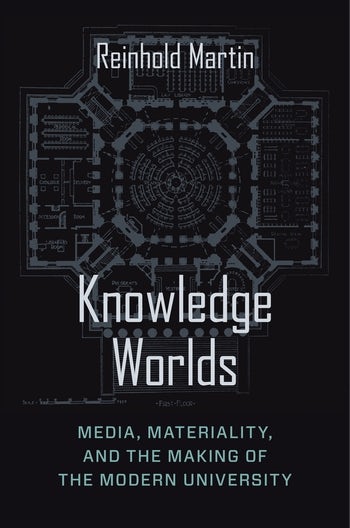
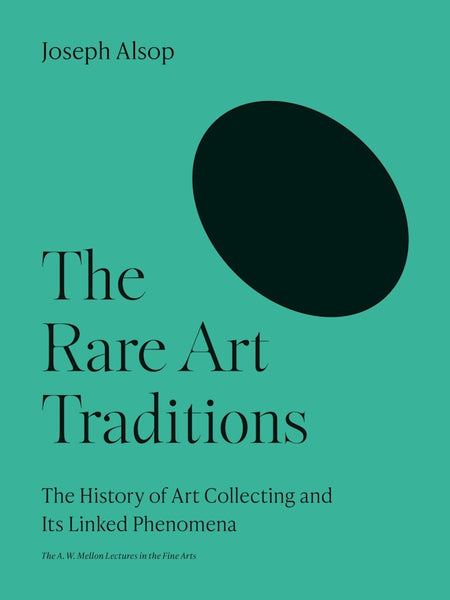
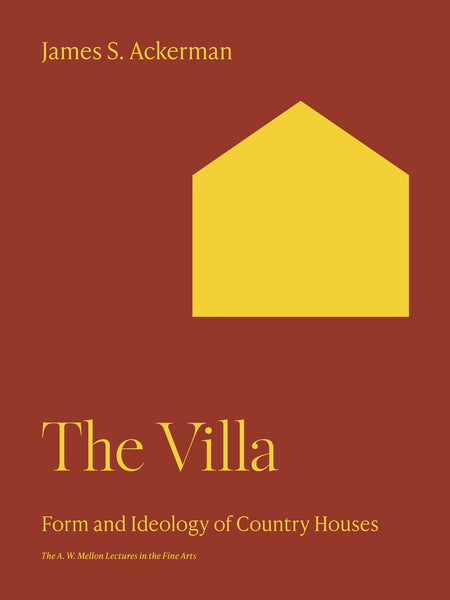
Out
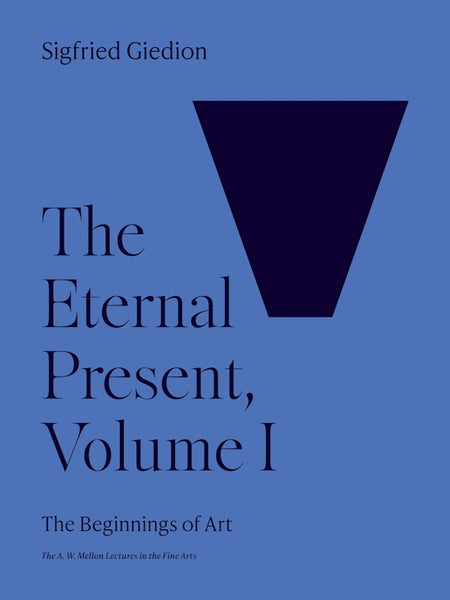
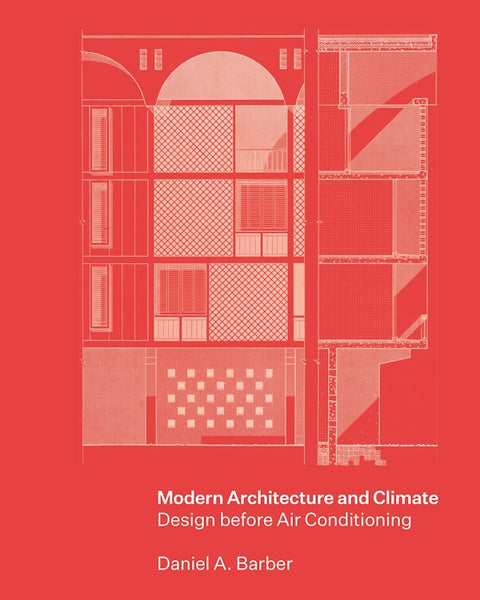

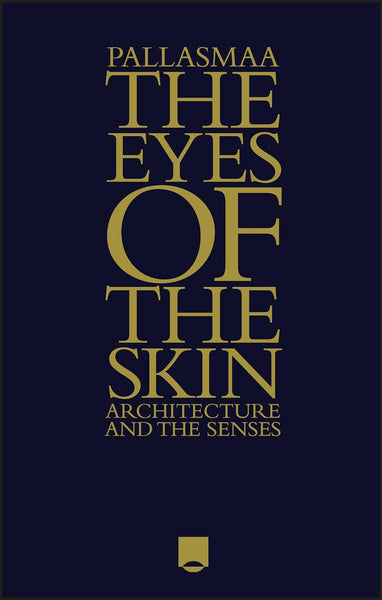
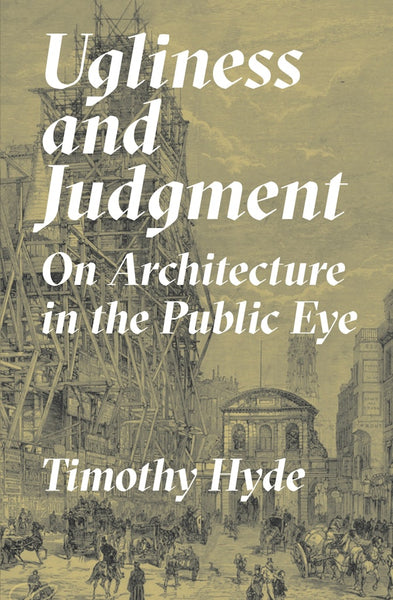
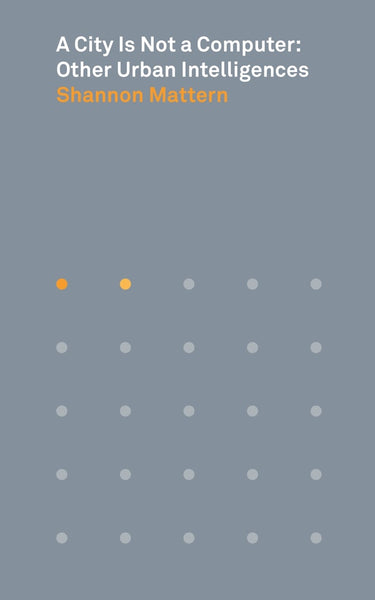

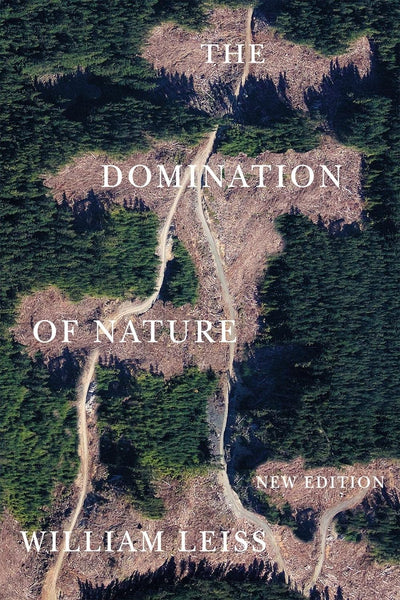

Out
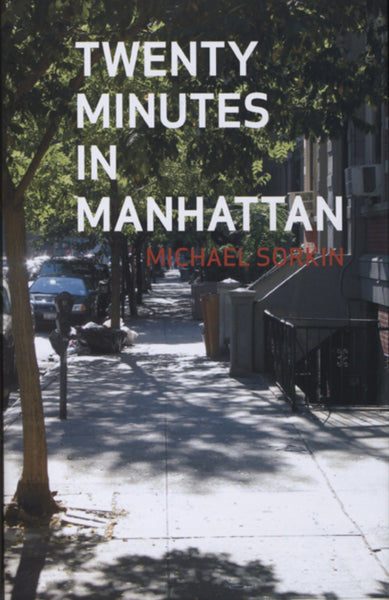

Out

Out

Out

Out
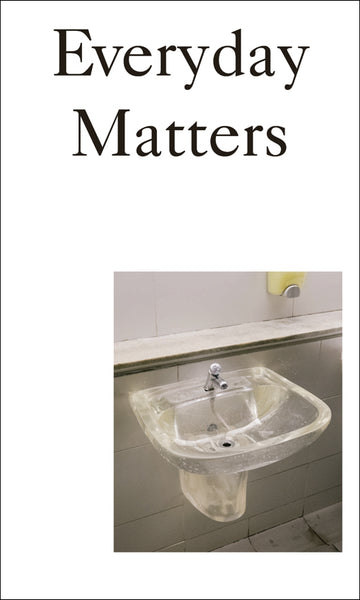
Out
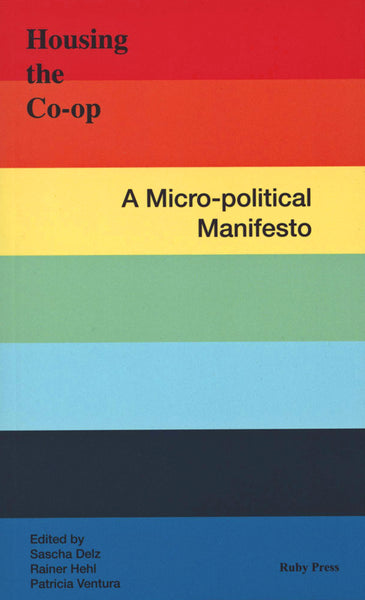
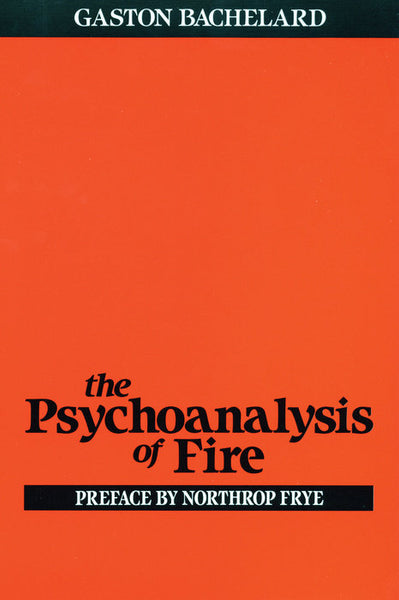
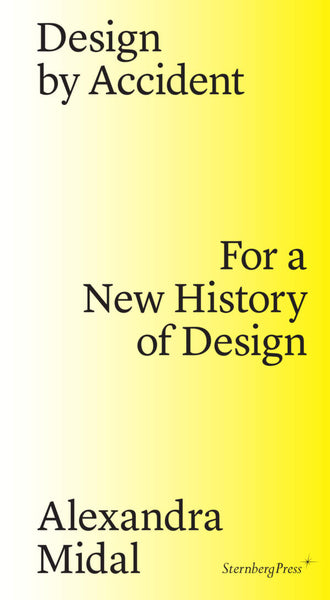
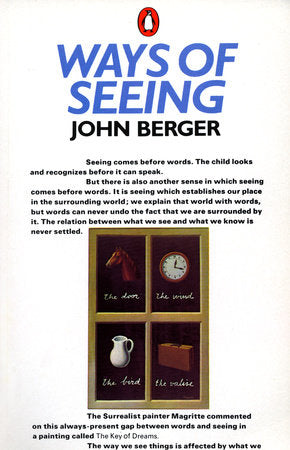
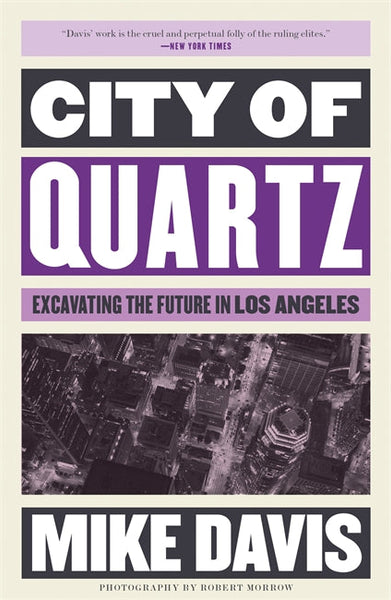

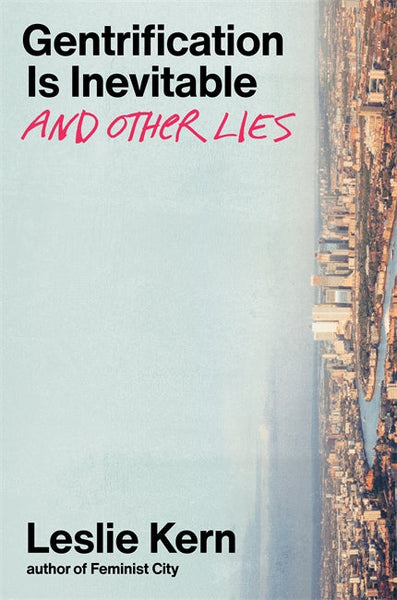
Out
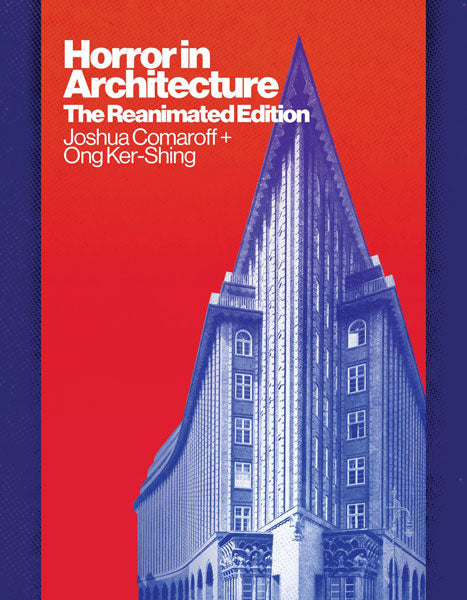
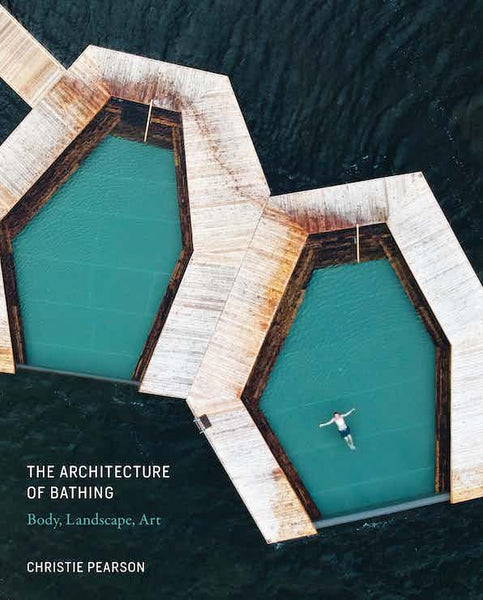
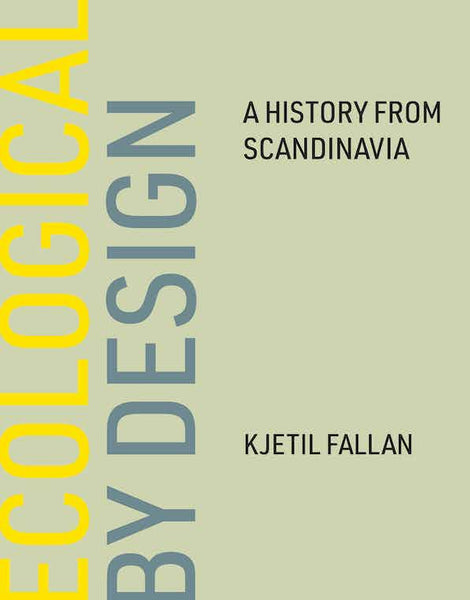
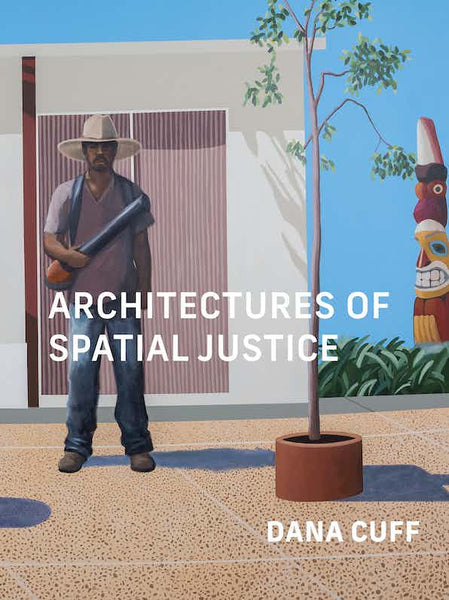
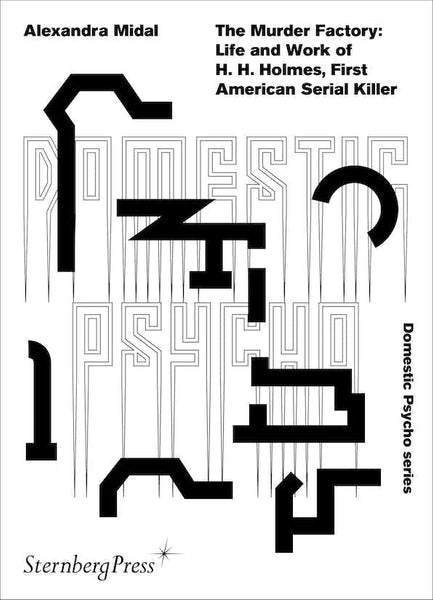
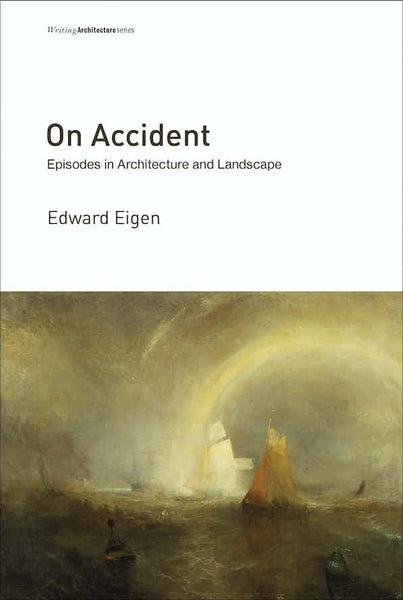
Out
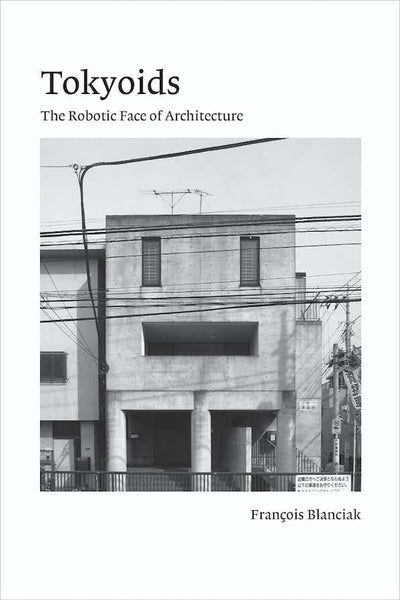
Out


804 Montgomery Street
San Francisco
California 94133
United States
+1 415 391 6757